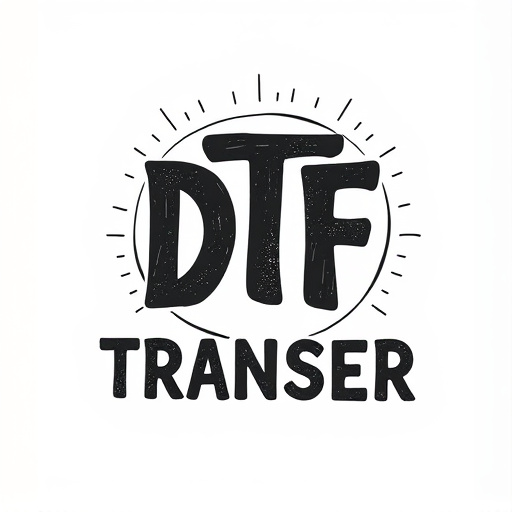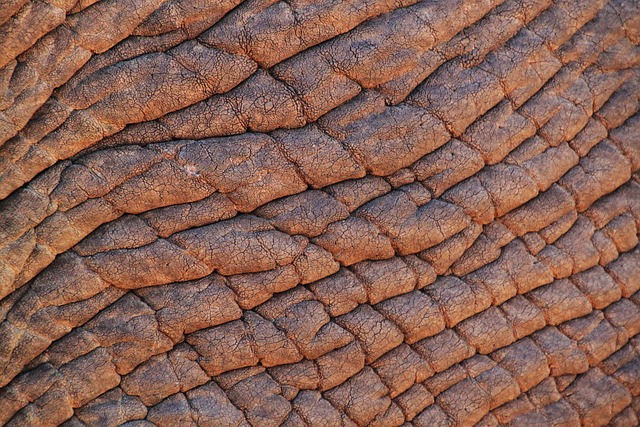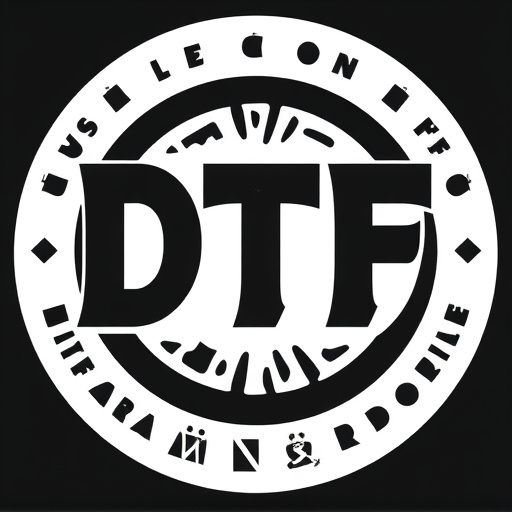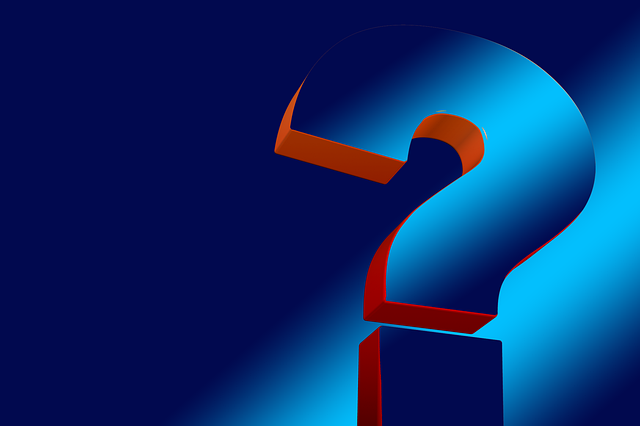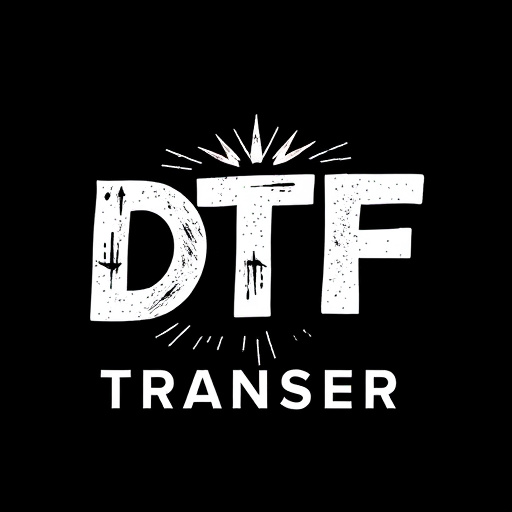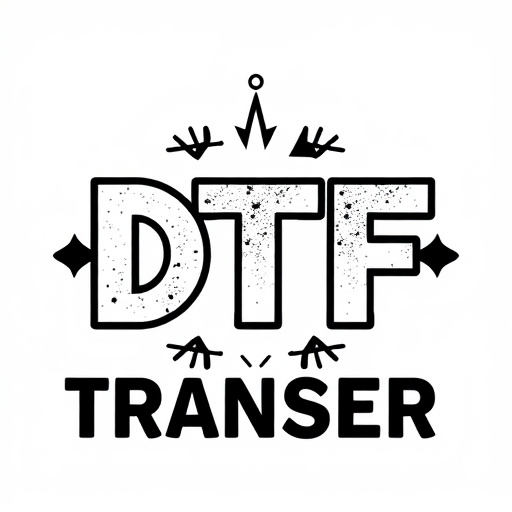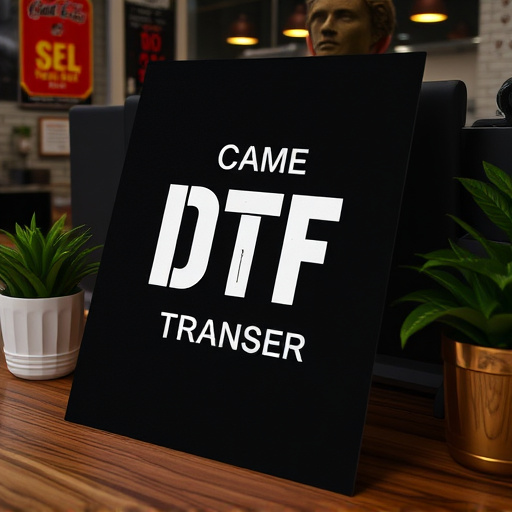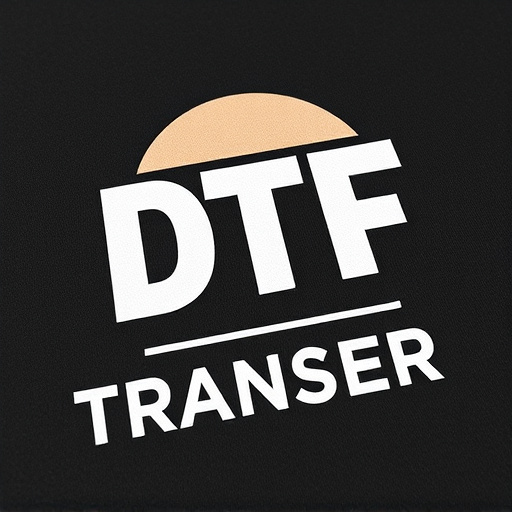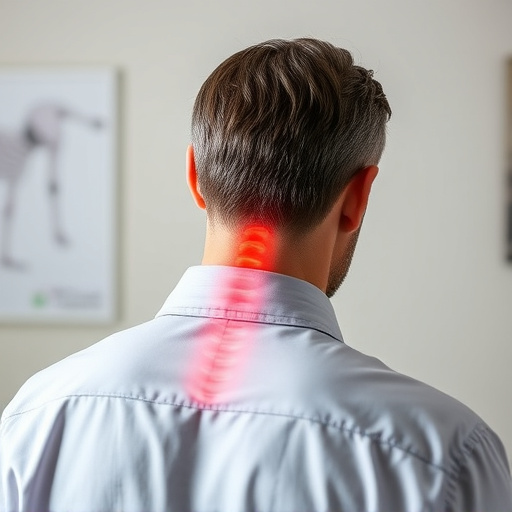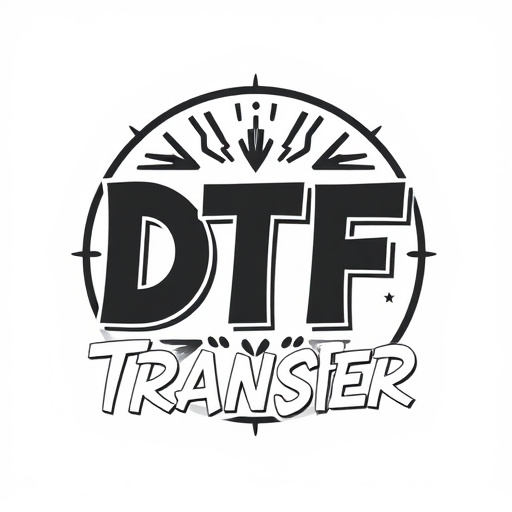Direct-to-film (DTF) technology offers a versatile and efficient solution for applying graphics to non-fabric surfaces. DTF transfer allows high-quality printing on metal, wood, glass, and ceramic using specialized adhesives, catering to branding, décor, and functional needs in various industries. The process involves creating designs digitally, printing them onto a film, then transferring them to the desired surface. Choosing the right adhesive is crucial for durability. Best practices ensure optimal DTF printing outcomes, resulting in vibrant, long-lasting prints with precise detail reproduction.
“Unleash the potential of direct-to-film (DTF) technology for enhancing non-fabric surfaces with vibrant, long-lasting visuals. This comprehensive guide explores the world of DTF Transfer, a game-changer in printing that offers endless possibilities. From understanding the DTF process to uncovering its diverse applications and benefits, we delve into the art of creating stunning DTF prints. Learn how the right adhesive choices and best practices can transform various surfaces, ensuring optimal results. Discover the secrets to successful DTF Printing.”
- Understanding DTF Transfer: A Comprehensive Overview
- Applications of DTF for Non-Fabric Surfaces
- Benefits and Advantages of Using DTF Printing
- Choosing the Right Adhesive for Optimal DTF Results
- The Print Process: From Design to Final DTF Prints
- Best Practices and Common Mistakes to Avoid
Understanding DTF Transfer: A Comprehensive Overview
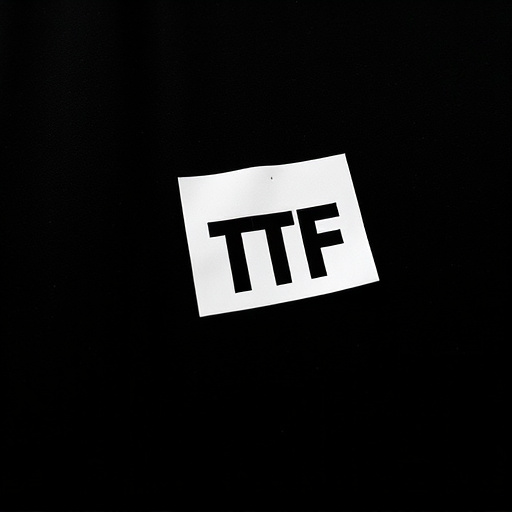
The DTF Transfer process is a cutting-edge technique revolutionizing the way we apply graphics and designs to non-fabric surfaces. It involves transferring DTF prints directly onto various materials, offering an efficient and durable solution for a range of applications. This method streamlines the printing and lamination processes, eliminating the need for traditional screen printing or complex application techniques.
By utilizing specialized adhesive technologies, DTF Printing ensures that designs maintain their vibrancy and integrity on diverse substrates like metal, wood, glass, and even ceramic. This versatility makes DTF Transfer an attractive option for businesses seeking to enhance their branding, décor, or functional needs across various industries, from automotive to signage and beyond.
Applications of DTF for Non-Fabric Surfaces
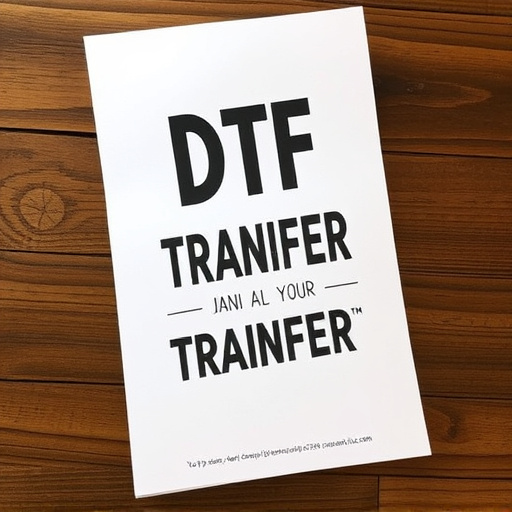
Direct-to-film (DTF) technology has expanded its applications beyond traditional fabric printing, opening up exciting possibilities for non-fabric surfaces. This innovative process allows for high-quality graphics and prints to be applied directly onto a variety of materials, including metal, plastic, glass, and even ceramic tiles. DTF transfer is particularly versatile, enabling intricate designs and detailed images to be achieved with ease.
DTF printing offers numerous benefits for non-fabric surfaces. It provides long-lasting durability, making it suitable for both indoor and outdoor applications. The prints are resistant to fading and peeling, ensuring they maintain their vibrancy over time. This technology is widely used in the automotive industry for vehicle branding and graphics, as well as in advertising for eye-catching signage and posters. Moreover, DTF allows for custom designs and quick production times, catering to businesses and individuals seeking unique and efficient decorative solutions.
Benefits and Advantages of Using DTF Printing
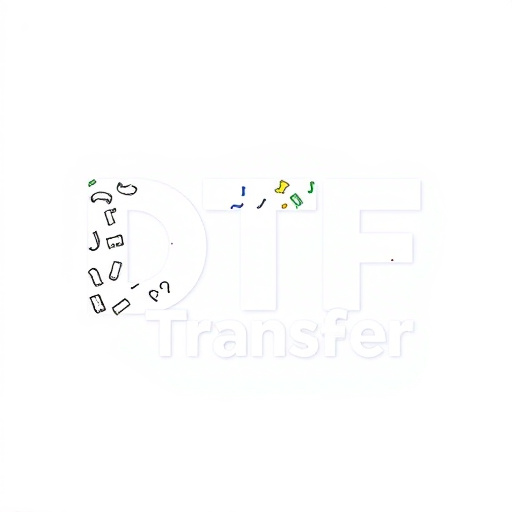
Direct-to-film (DTF) printing offers a host of benefits for those looking to apply designs to non-fabric surfaces. Unlike traditional methods that may require complex preparation and specific materials, DTF Transfer is a straightforward process that enables users to achieve high-quality prints on various materials with ease. This makes it an attractive option for businesses and individuals alike, especially in industries where quick turnaround times are essential.
One of the key advantages of DTF Printing is its versatility. It allows for intricate designs and detailed prints, ensuring that every element of your artwork or logo is captured precisely. Whether you’re applying graphics to wood, plastic, glass, or even metal, DTF Transfer provides a durable and long-lasting solution. The bonds formed between the adhesive and the surface are strong, preventing fading or peeling over time, resulting in vibrant DTF prints that stand the test of use and exposure to elements.
Choosing the Right Adhesive for Optimal DTF Results
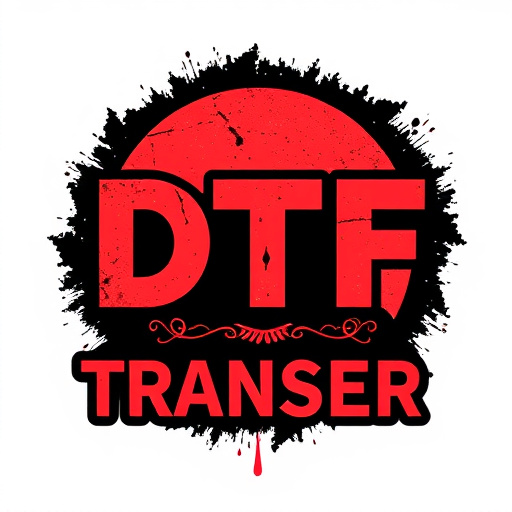
When working with DTF (Direct-to-Film) transfers on non-fabric surfaces, selecting the appropriate adhesive is paramount for achieving superior results. The right adhesive ensures strong adhesion to the substrate while maintaining the integrity and quality of the DTF prints. Key factors to consider include surface roughness, material composition, and desired durability. For instance, a more aggressive adhesive might be suitable for porous or textured surfaces to ensure maximum contact area, whereas a lighter option could be ideal for smooth, delicate materials like glass or acrylic to prevent damage.
Choosing the right adhesive also involves understanding the specific requirements of your DTF transfer application. Factors such as temperature sensitivity, cure time, and resistance to environmental conditions play a significant role in long-term performance. For outdoor applications, for example, opt for adhesives with excellent UV resistance to safeguard against fading or loss of adhesion over time. By carefully matching the adhesive to both the substrate and intended use, you can ensure optimal DTF printing outcomes, creating vibrant, lasting designs on a variety of surfaces.
The Print Process: From Design to Final DTF Prints
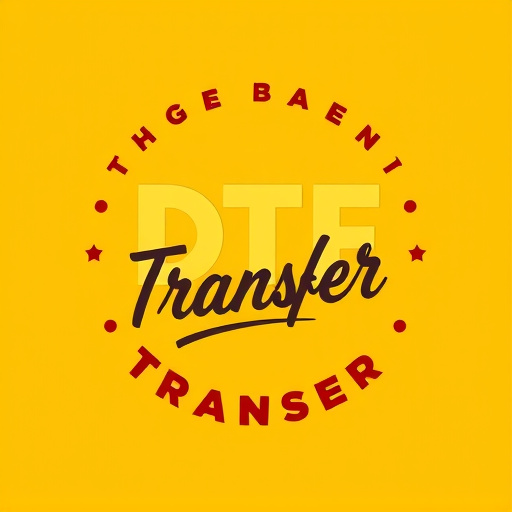
The print process for DTF (Direct-to-Film) products begins with design creation, where artists and designers bring their visual concepts to life using specialized software. Once the design is finalized, it’s prepared for printing in a way that ensures optimal adhesion to non-fabric surfaces. This involves setting up the artwork within the DTF printer’s software, including configuring the correct print settings and resolution to achieve high-quality results.
After preparation, the DTF transfer process starts. The design is precisely printed onto a thin film using eco-friendly inks. The film acts as an intermediary between the design and the target surface, allowing for detailed and vibrant DTF prints. Following printing, the film is carefully cut to match the desired shape or pattern, ensuring accurate reproduction of the design on various non-fabric materials like wood, glass, or plastic.
Best Practices and Common Mistakes to Avoid
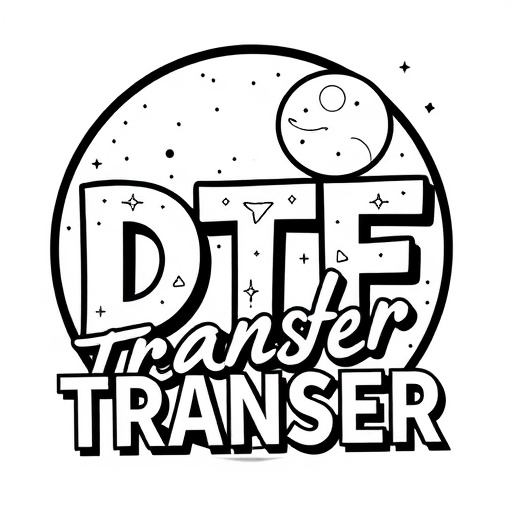
When working with Adhesive Direct-to-Film (DTF) products for non-fabric surfaces, there are best practices to follow in order to achieve high-quality DTF transfers and prints. Firstly, ensure that the surface is clean, dry, and free from any contaminants like dust or grease. This will guarantee optimal adhesion of the film. Secondly, choose the right DTF material for your substrate; different surfaces require specific formulations to ensure longevity and clarity of the DTF prints.
Avoiding common mistakes is equally crucial. One major blunder is applying excessive pressure during installation, which can cause bubbles or damage the film. It’s also important not to rush the process—allow adequate time for proper preparation and drying. Using incompatible adhesives or failing to test the film on a small area first can lead to disappointing results. Remember, meticulousness in your approach will yield superior DTF printing outcomes.
